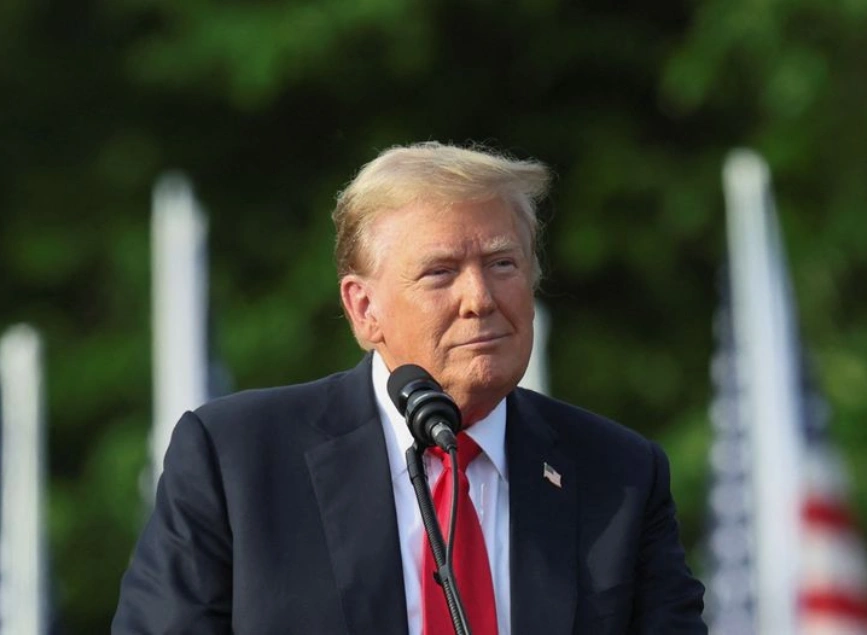
Trump Plans Major Tariff Hike on Pharmaceutical Imports, Semiconductor Tariffs Coming Soon
📌 Key Takeaways
- New tariff on pharmaceutical imports to be introduced
- Rate to increase to 150% within 1–1.5 years, then 250%
- Goal: Promote domestic drug production
- Semiconductor tariffs expected “within a week”
- No details yet on initial tariff rate or scope
Trump Announces Tariffs on Pharmaceuticals, Signals More to Come
President Donald Trump announced on Tuesday that the U.S. will impose a new tariff on pharmaceutical imports, with plans to raise the rate sharply over the next 12 to 18 months.
In an interview with CNBC, Trump stated that the tariff is part of a strategy to revitalize domestic drug manufacturing and reduce reliance on foreign supply chains.
“In one year, one and a half years maximum, it’s going to go to 150% and then it’s going to go to 250% because we want pharmaceuticals made in our country,” Trump said.
Initial Rate Undisclosed
Trump did not disclose the starting tariff rate, leaving markets and manufacturers uncertain about the immediate impact. He only described it as a “small tariff” for now.
The lack of clarity on implementation timelines and the products affected is likely to raise concerns across the healthcare and pharmaceutical sectors, especially those reliant on imports from countries like India, China, and the EU.
Read More: BofA Securities Reaffirms No Fed Rate Cuts in 2025 Despite Soft Jobs Data
💻 Semiconductor Tariffs Also on the Horizon
In the same interview, Trump said he would announce tariffs on semiconductors and chips within the “next week or so.” However, no specific rates or targets were provided.
This move comes amid growing U.S. efforts to rebuild domestic chip manufacturing capacity, in line with national security and supply chain goals.
Economic & Policy Implications
These announcements reflect a broader “America First” trade agenda, which continues to shape U.S. industrial and foreign policy in 2025.
- Drugmakers may face pressure to shift production to the U.S.
- Healthcare costs could rise if import tariffs increase rapidly
- Semiconductor and tech firms are bracing for possible supply disruptions or cost hikes
Markets and trade partners will be watching closely for further details or retaliatory actions from countries affected by the proposed tariffs.
What’s Next?
- Details on the initial pharmaceutical tariff rate
- Formal announcement on semiconductor tariffs
- Market reactions and potential trade retaliation
- Shifts in supply chain strategy among major firms
Share
Hot topics

What Is the US Dollar Index (DXY) in Forex?
If you’ve spent any time exploring global markets, you’ve certainly heard about the US Dollar Index, known as DXY. For many beginner traders, it appears to be one of those...
Read more




Submit comment
Your email address will not be published. Required fields are marked *